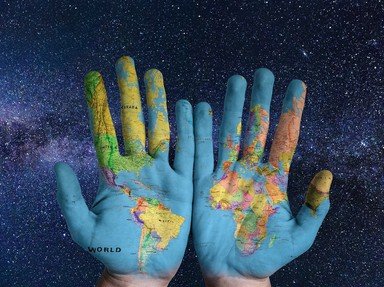
Renaissance Men: Pick the Artists! Quiz
Even those who do not know much about famous Italians are likely to have heard the names of some of the great artists of the Renaissance. Not all the gentlemen on this list, however, are known for their skill in the visual arts!
A collection quiz
by LadyNym.
Estimated time: 3 mins.